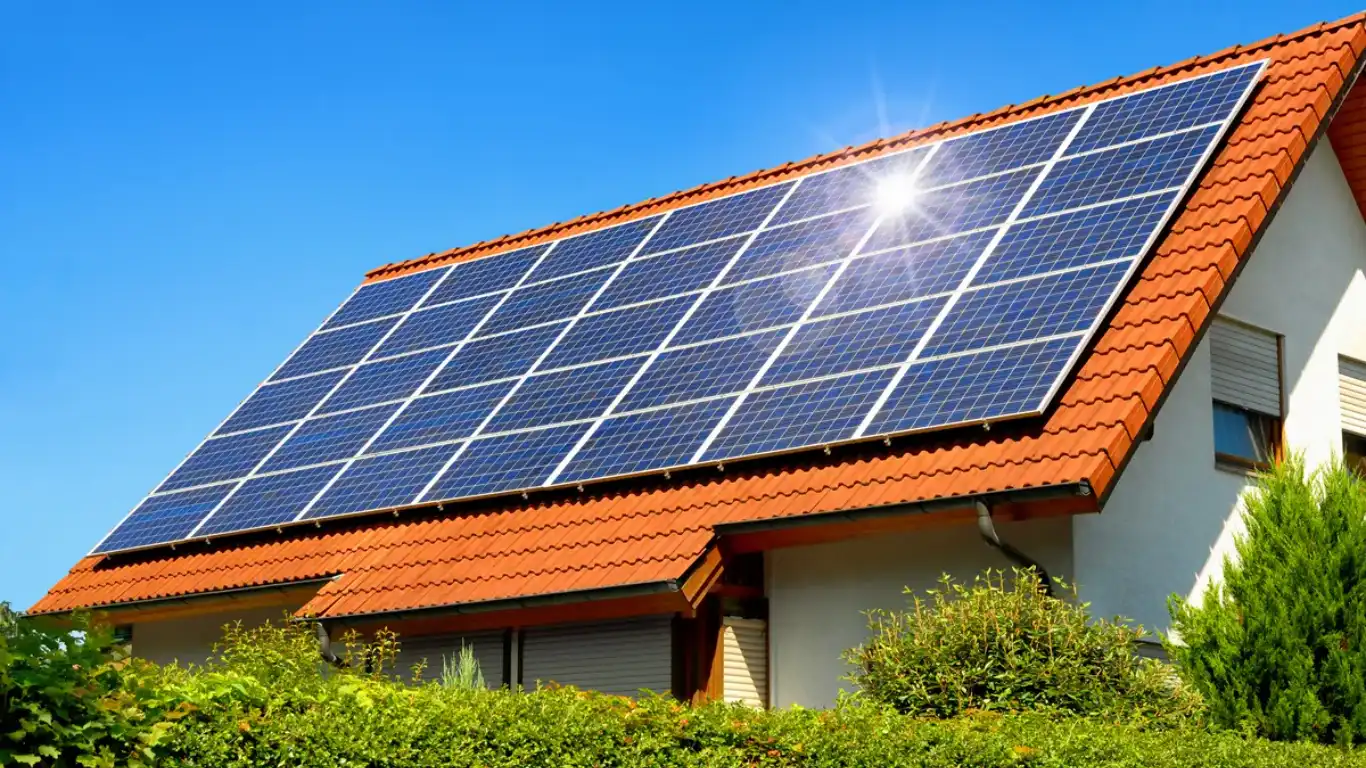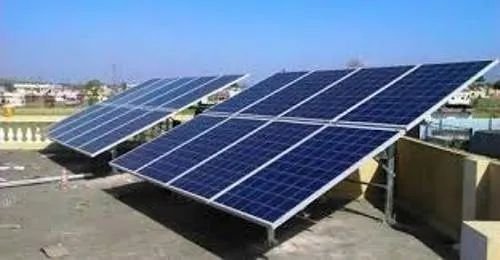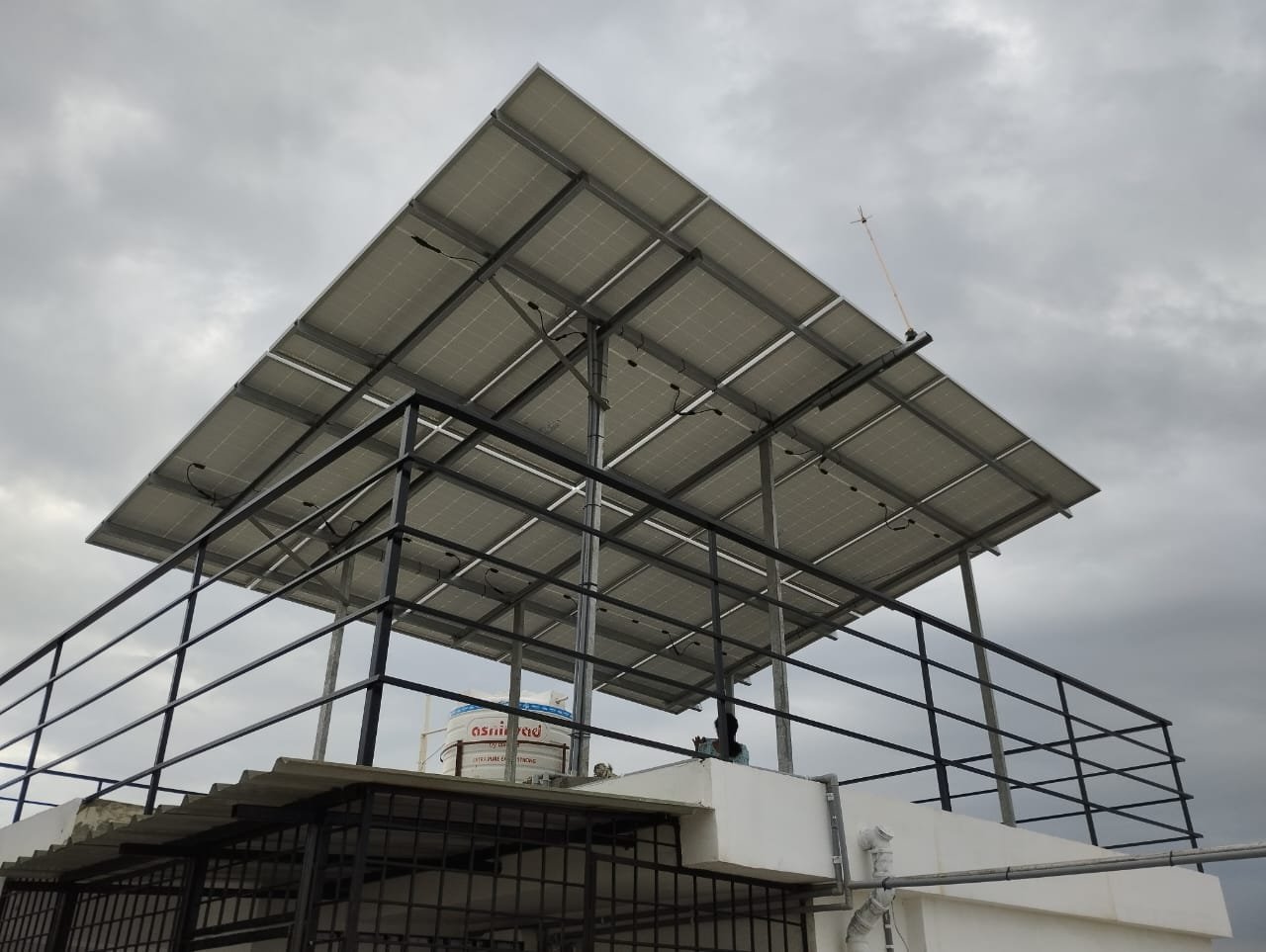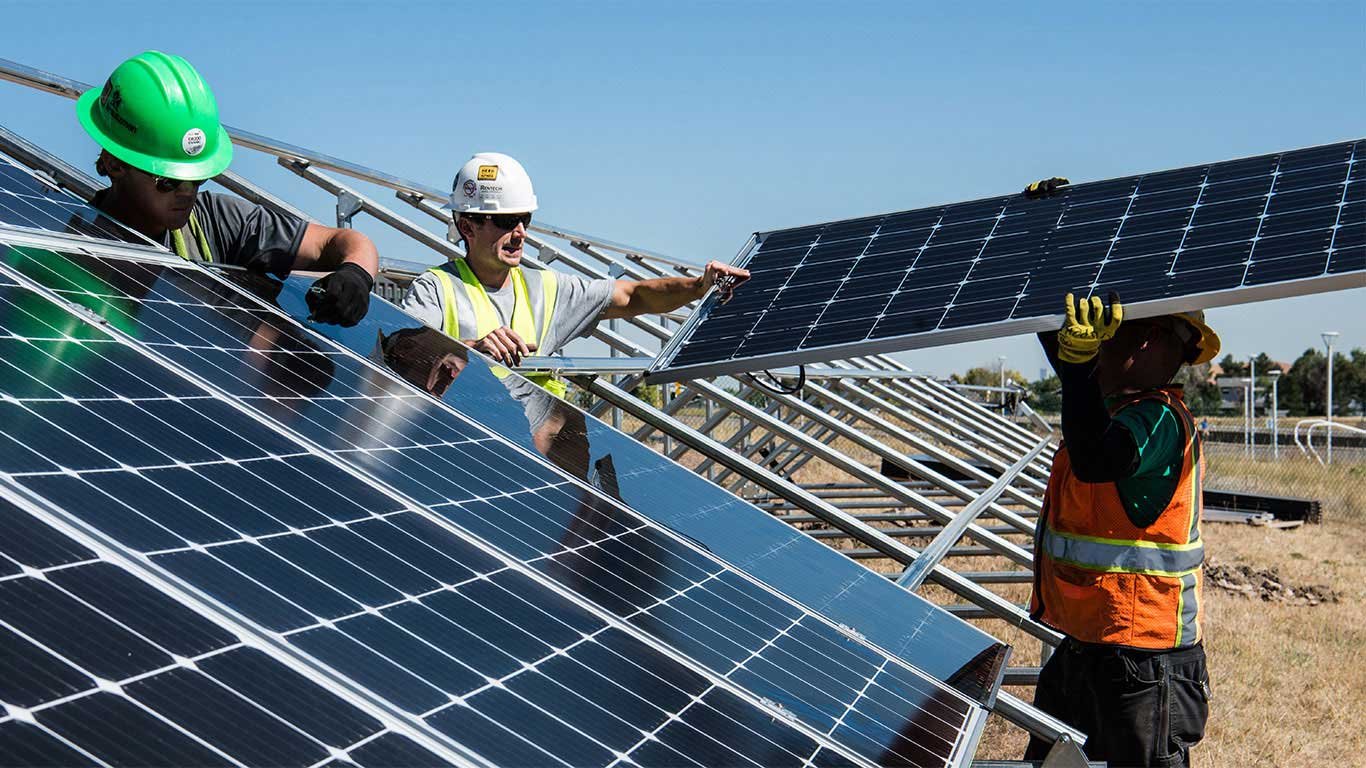Solar panels, which are made up of photovoltaic cells, absorb sunlight and convert it into electricity. The electricity is then sent to an inverter, which converts the direct current (DC) electricity into alternating current (AC) electricity that can be used in your home.
The AC electricity is then sent to your electrical panel, which distributes the electricity to the appliances and devices in your home. Any excess electricity generated by your solar panels can be sent back to the grid.
By generating your own electricity, you can reduce your reliance on the grid and lower your energy bills. Plus, you'll be doing your part to reduce your carbon footprint and help the environment!
If you're interested in making the switch to solar energy for your home, contact us today. Our team of experts can help you through the entire process, from design and installation to maintenance and repairs. Let's work together to create a brighter, more sustainable future!















